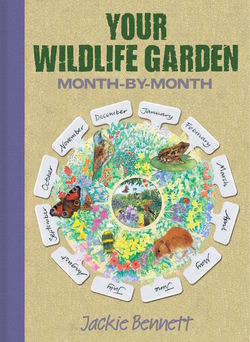Читать книгу Your Wildlife Garden - Jackie Bennett - Страница 37
STINKING HELLEBORE
(Helleborus foetidus)
ОглавлениеThe stinking hellebore earned its name from the seed pods which produce an acrid smell when crushed, although certainly not as unpleasant as the name suggests. It is quite a rare plant in the wild, although it can be found in old woodlands on chalky soils. The unusual pallid flowers and dramatic leaves make it an interesting garden plant and a useful supply of early nectar.
| type | Perennial, evergreen |
| flowers | Yellow-green with purple rim, late winter to mid-spring |
| height | 60cm (24in) |
| planting | Plant pot-grown plants in autumn |
| site | Shade |
| soil | Dry, chalky |
| care | Leave undisturbed |
| propagation related species | From seed in summer The green hellebore (Helleborus viridis) also flowers this month and can be distinguished by the wholly green flowers, without the purple edging. It is smaller, only 45cm (18in) high, and it prefers a moist soil. The leaves are deciduous, dying back in summer |
| wildlife value | Both hellebores are a ready source of nectar for early honey and bumble bees. H. viridis flowers a couple of weeks later than H. foetidus, so by planting both, a continuous supply of nectar is assured |
